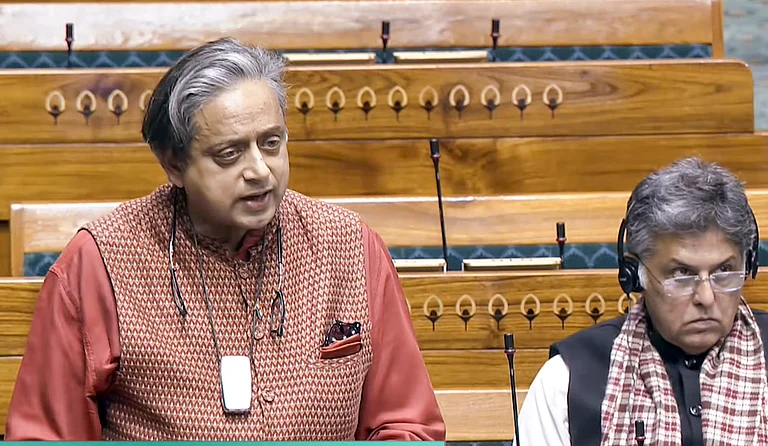Leap years bring joy to calendar enthusiasts and mathematicians alike. But how did this tradition originate, and what is the reasoning behind it? Let's delve into the numerical intricacies, historical origins, and folklore surrounding this phenomenon that intermittently adds a 29th day to February, almost every four years.
How to Calculate Leap Year
The mathematics behind leap years can be bewildering for those not deeply versed in the subject, involving fractions of days and minutes. Occasionally, there's even the addition of a leap second, although it doesn't typically garner much attention.
One key aspect to understand about leap years is that they serve primarily to align the calendar months with important annual occurrences such as equinoxes and solstices, as explained by the Jet Propulsion Laboratory at the California Institute of Technology.
The purpose of leap years is to adjust for the fact that the Earth's orbit is slightly longer than 365 days per year, by approximately six hours, as stated by NASA.
Is a leap year really every 4 years?
Despite common misconceptions, leap years do not occur every four years. Simply adding a leap day every four years would result in a calendar that is more than 44 minutes longer, as noted by the National Air & Space Museum.
In subsequent calendar revisions, it was established that years divisible by 100 do not adhere to the standard four-year leap day rule unless they are also divisible by 400, as highlighted by the JPL. Over the past 500 years, leap days were omitted in 1700, 1800, and 1900, while 2000 included one.
Following this practice, in the next 500 years, there will be no leap day in 2100, 2200, 2300, and 2500.
What are the next The upcoming leap years will occur in 2028, 2032, and 2036.
Who came up with Leap Year?
Who was responsible for introducing the concept of leap year? The answer is not straightforward; it's a concept that evolved over time.
Ancient civilizations relied on celestial movements to organize their societies, with calendars dating back to the Bronze Age. These early calendars were typically based on either lunar or solar cycles, often employing a combination of both, "lunisolar."
Fast forward to the Roman Empire and the era of Julius Caesar. Facing significant seasonal discrepancies in the existing calendars within his realm, Caesar sought a solution. He introduced the Julian calendar in 46 BCE, which was purely solar and accounted for a year as 365.25 days, thus necessitating the addition of an extra day every four years. Prior to that, the Romans counted a year consisting of 355 days, at least during a certain period.
However, even with this adjustment, there remained a discrepancy. The leap years became too many!
As noted by Nick Eakes, an astronomy educator at the Morehead Planetarium and Science Center at the University of North Carolina in Chapel Hill - the solar year is not precisely 365.25 days but rather 365.242 days.
According to Thomas Palaima, a classics professor at the University of Texas at Austin, ancient civilizations adjusted the length of a year to accommodate variations in lunar and solar cycles. He explained that the Athenian calendar, for instance, utilized 12 lunar months and was in use during the fourth, fifth, and sixth centuries.
This adjustment didn’t adequately address the issue for seasonal religious observances. Consequently, an additional month was periodically intercalated to synchronize with both lunar and solar cycles, as explained by Palaima.
Although the Julian calendar brought increased stability, it still accrued timekeeping errors due to its slight excess in length compared to the tropical year, according to NASA. Nonetheless, the Julian calendar served as the standard for the Western world for centuries.
Enter Pope Gregory XIII, who sought further calibration. His Gregorian calendar was implemented in the late 16th century and remains in use today. While not flawless—hence the continued necessity for leap years—it represented a significant improvement, reducing drift to mere seconds.
The pope's intervention was motivated in part by concerns regarding the timing of Easter. As Easter gradually shifted later in the year, there was apprehension that it might coincide with pagan festivals. Pope Gregory aimed to preserve Easter's position in the spring.
To achieve this, he addressed the accumulated extra days on the Julian calendar and adjusted the rules for leap days.
The complex calculations regarding leap years were formulated by Pope Gregory and his advisors.
“If the solar year was a perfect 365.25 then we wouldn’t have to worry about the tricky math involved,” Eakes said.
What's the story behind leap year and marriage?
Bizarrely, leap day is associated with folklore about women taking the initiative to propose marriage to men. While mostly seen as harmless fun, this tradition also reinforced traditional gender roles.
Various distant European folktales discuss this concept. One tale traces the idea of women proposing back to fifth-century Ireland, where St. Bridget allegedly urged St. Patrick to grant women the opportunity to propose to men, as noted by historian Katherine Parkin in a 2012 paper published in the Journal of Family History.
The exact origins of this tradition remain uncertain.
In 1904, syndicated columnist Elizabeth Meriwether Gilmer, known as Dorothy Dix, summarized the tradition by stating, “Of course people will say ... that a woman’s leap year prerogative, like most of her liberties, is merely a glittering mockery.”
While this tradition, whether taken seriously or in jest, could have been empowering for women, it often ended up perpetuating stereotypes. Proposals were sometimes made through postcards, but many of these cards instead made jokes at the expense of women.
Advertising further popularized the leap year marriage custom. For example, a 1916 ad by the American Industrial Bank and Trust Co. stated , “This being Leap Year day, we suggest to every girl that she propose to her father to open a savings account in her name in our own bank.”
Ultimately, leap day did not bring about significant strides in women's independence.
Should we sympathize with "leaplings"?
Being born on a leap day certainly makes for an interesting conversation starter, but it can also present challenges from a paperwork perspective. Some governments and organizations require leaplings to choose either February 28th or March 1st as their official birthdate for documents such as driver's licenses.
Advancements in technology have made it easier for leap babies to document their February 29th birthdays, although there can still be issues with health systems, insurance policies, and other businesses or organizations that don't accommodate this unique date.
Out of approximately 8 billion people worldwide, around 5 million share the leap day birthday. Shelley Dean, a 23-year-old from Seattle, Washington, maintains a positive outlook on being a leapling. While she had regular birthday celebrations each year, leap years always brought an extra special occasion. As an adult, she now views the non-leap years between February 28th and March 1st as a moment for a more low-key celebration.
This year, however, is different for Shelley.
She says, “It will be the first birthday that I’m going to celebrate with my family in eight years, which is super exciting, because the last leap day I was on the other side of the country in New York for college. It’s a very big year,” as quoted by AP.
What will happen without a leap year?
Over time, the consequences would be unfavorable in terms of the timing of significant events, agricultural practices, and the alignment of seasons with the sun and the moon.
“Without the leap years, after a few hundred years we will have summer in November,” said Younas Khan, a physics instructor at the University of Alabama at Birmingham. “Christmas will be in summer. There will be no snow. There will be no feeling of Christmas.”





























